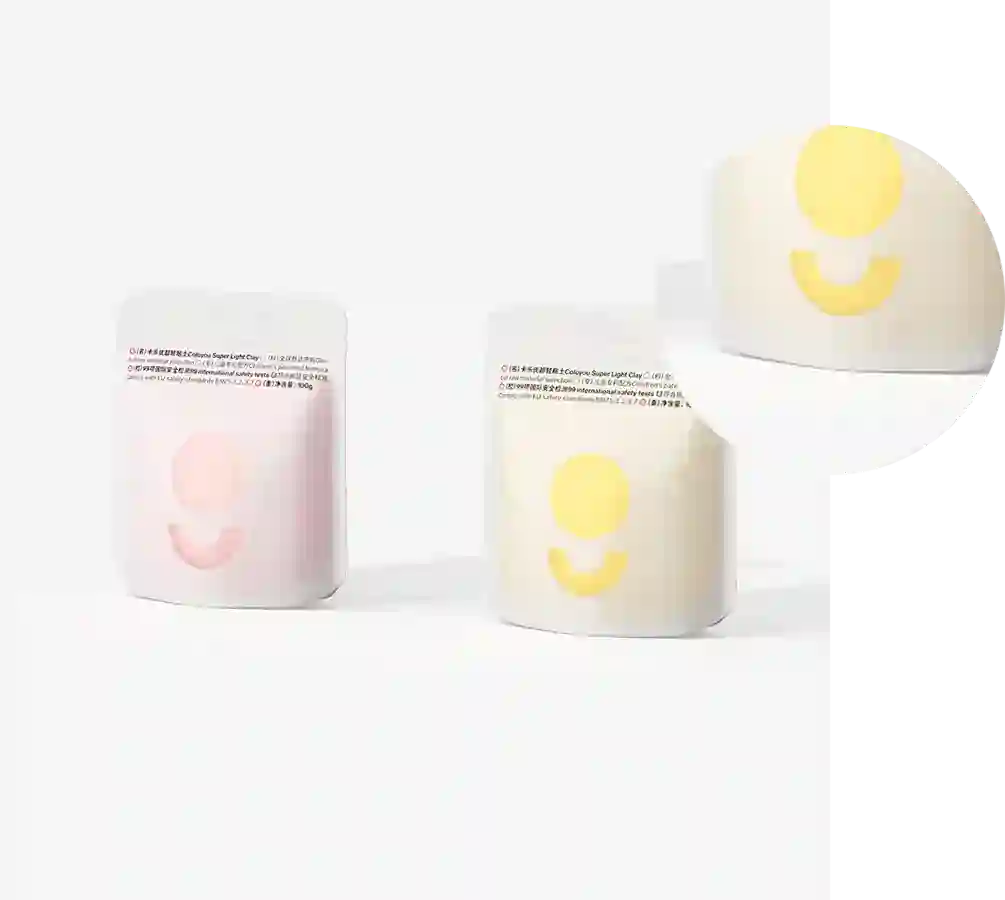- Afrikaans
- Albanian
- Amharic
- Arabic
- Armenian
- Azerbaijani
- Basque
- Belarusian
- Bengali
- Bosnian
- Bulgarian
- Catalan
- Cebuano
- chinese_simplified
- chinese_traditional
- Corsican
- Croatian
- Czech
- Danish
- Dutch
- English
- Esperanto
- Estonian
- Finnish
- French
- Frisian
- Galician
- Georgian
- German
- Greek
- Gujarati
- haitian_creole
- hausa
- hawaiian
- Hebrew
- Hindi
- Miao
- Hungarian
- Icelandic
- igbo
- Indonesian
- irish
- Italian
- Japanese
- Javanese
- Kannada
- kazakh
- Khmer
- Rwandese
- Korean
- Kurdish
- Kyrgyz
- Lao
- Latin
- Latvian
- Lithuanian
- Luxembourgish
- Macedonian
- Malgashi
- Malay
- Malayalam
- Maltese
- Maori
- Marathi
- Mongolian
- Myanmar
- Nepali
- Norwegian
- Norwegian
- Occitan
- Pashto
- Persian
- Polish
- Portuguese
- Punjabi
- Romanian
- Russian
- Samoan
- scottish-gaelic
- Serbian
- Sesotho
- Shona
- Sindhi
- Sinhala
- Slovak
- Slovenian
- Somali
- Spanish
- Sundanese
- Swahili
- Swedish
- Tagalog
- Tajik
- Tamil
- Tatar
- Telugu
- Thai
- Turkish
- Turkmen
- Ukrainian
- Urdu
- Uighur
- Uzbek
- Vietnamese
- Welsh
- Bantu
- Yiddish
- Yoruba
- Zulu
Understanding the Principles and Benefits of Offset Printing Techniques
The Significance of Offset Printing in Modern Publishing
Offset printing has emerged as one of the most dominant printing techniques in the world today, playing a crucial role in the publishing, advertising, and packaging industries. This method, which dates back to the early 20th century, involves transferring ink from a plate to a rubber blanket and then to the printing surface. The offset mechanism allows for high-quality prints that meet the demands of various sectors, but what exactly makes this technology so significant?
Quality and Consistency
One of the most notable advantages of offset printing is its ability to produce high-quality images and text. The offset printing process provides sharper and cleaner images compared to other techniques such as letterpress or digital printing. This is largely due to the precision with which the ink is applied to the paper. In offset printing, each color is printed in a separate run, which enhances color fidelity and ensures that the final product meets the exact specifications of the designer. This is particularly important in the publishing industry, where visual appeal can affect a reader’s purchase decision.
Cost-Effectiveness for Large Runs
Offset printing becomes increasingly cost-effective as the volume of print jobs increases. Although the initial setup costs, including the creation of printing plates, can be relatively high, the cost per unit decreases significantly with larger quantities. This makes offset printing particularly appealing for businesses and publishers that require bulk printing of materials such as books, magazines, brochures, and promotional materials. In scenarios where hundreds or thousands of copies are needed, offset printing can substantially reduce costs compared to digital printing, where the per-unit price remains relatively constant regardless of volume.
offset printing

Versatility and Range of Materials
Another significant benefit of offset printing is its versatility. It can be used on a wide range of materials, which includes various types of paper and even non-paper substrates like plastic and metal. This flexibility allows for various applications, from traditional media like newspapers and books to innovative packaging solutions and marketing materials. Additionally, this printing technique can accommodate various sizes and formats, giving designers greater freedom to experiment and create unique products that stand out.
Environmental Considerations
As the world becomes increasingly focused on sustainability, offset printing has adapted to accommodate these concerns. Modern offset presses are designed to utilize vegetable-based inks and eco-friendly materials, significantly reducing the environmental impact associated with traditional printing practices. Furthermore, advancements in print technology have led to various processes that use less energy and create less waste, making offset printing a more sustainable choice for environmentally-conscious businesses.
Conclusion
In conclusion, offset printing remains a vital force in today's printing landscape, providing high-quality, cost-effective, and versatile solutions for a plethora of industries. Its ability to produce consistent and visually appealing prints, combined with its adaptability to various materials and formats, ensures that it will continue to be a preferred method of printing for years to come. As businesses strive to balance quality with sustainability, offset printing's evolution will undoubtedly reflect broader trends and innovations in the printing industry. Whether for publishing, marketing, or packaging purposes, offset printing serves as a cornerstone for effective communication and product presentation in an increasingly visual world.













